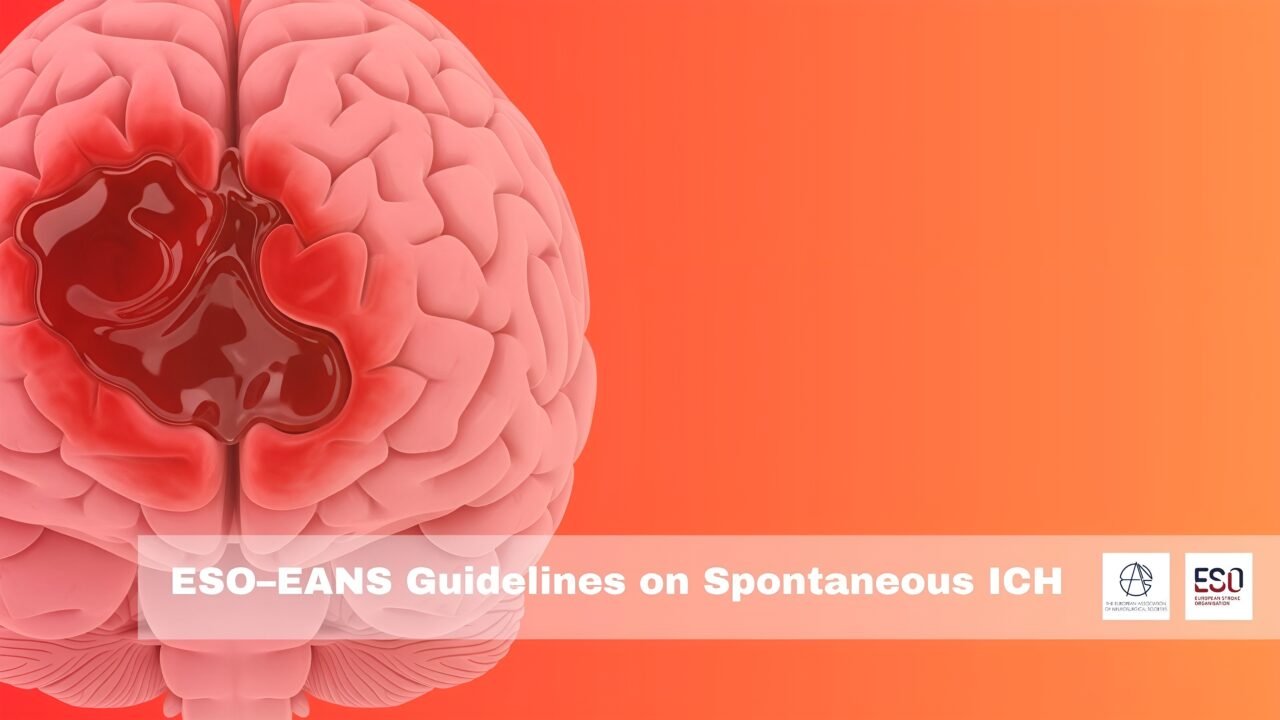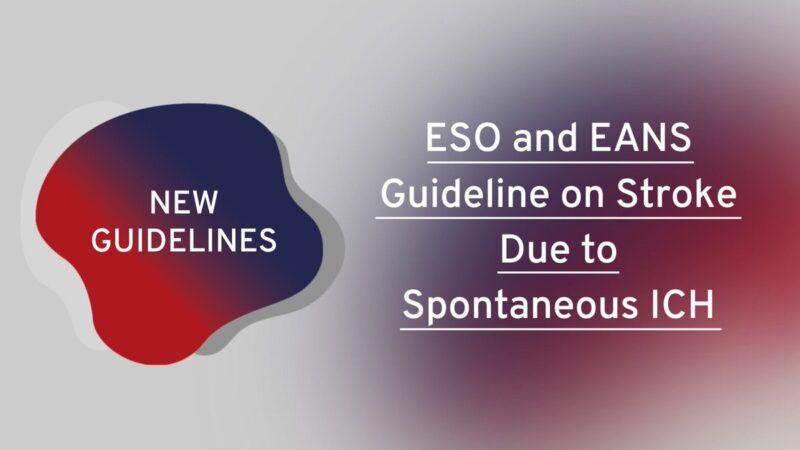
ESO–EANS Rewrites the Rulebook on Spontaneous ICH: First Update Since 2014
The European Stroke Organization (ESO) has recently shared an insightful post on X:
”The new ESO–EANS guideline on intracerebral haemorrhage outlines best practice for acute care, surgery, and blood pressure control.”
To access the guideline, read the full article here.
Thorsten Steiner et al. shade light on the management of intracerebral haemorrhage in a newly published ”European Stroke Organisation (ESO) and European Association of Neurosurgical Societies (EANS) guideline on stroke due to spontaneous intracerebral haemorrhage” in the SAGE Journals.
The European Stroke Organisation (ESO) and European Association of Neurosurgical Societies (EANS) have updated their guidelines on spontaneous ICH for the first time since 2014.
Despite reviewing over 115,000 articles and including 208 studies, only a handful of strong recommendations emerged.
These include treating ICH patients in organised stroke units and lowering blood pressure to prevent recurrence.
- Strong evidence supports stroke unit care and blood pressure control for secondary prevention, while weak evidence backs prediction scores for macrovascular causes of ICH.
- Strong evidence discourages anti-inflammatory use outside trials, while weak evidence cautions against routine use of rFVIIa, platelet transfusions, early treatment restrictions, and isolated temperature or glucose control.
These and more findings highlight the ongoing need for high-quality trials embedded in clinical care.

Read the latest updates on thrombosis and bleeding disorders in Hemostasis Today.
-
Nov 29, 2025, 18:55Ahmad Thuaimer: Success Story – Advanced Interventional Care for DVT
-
Nov 29, 2025, 17:37Almahdi Ali Explores Ipsilateral Paradoxical Thromboembolism at 22nd European Angiology Days 2025
-
Nov 29, 2025, 17:23Jack Shuang Hou Shares Major Neurology Updates This Week
-
Nov 29, 2025, 16:52Federica Fogacci on Further Strengthening Collaboration Within the Lp(a)CCELERATE Study
-
Nov 29, 2025, 16:42Dr Abdul Mannan on the Echinocyte: Mastering the Diagnostic Duality of Artifact vs. Pathology
-
Nov 29, 2025, 16:42Vikas Dua: Heme Next 1.0 A Conference with a Difference
-
Nov 29, 2025, 16:41Hind Ali: Sources Of Error in Cell Counts
-
Nov 29, 2025, 16:40Maxime Dely: Even on a Break, You Can Give
-
Nov 29, 2025, 16:39Shrinidhi Nathany: HemeNext Brings Science, Technology, and Leadership Together
